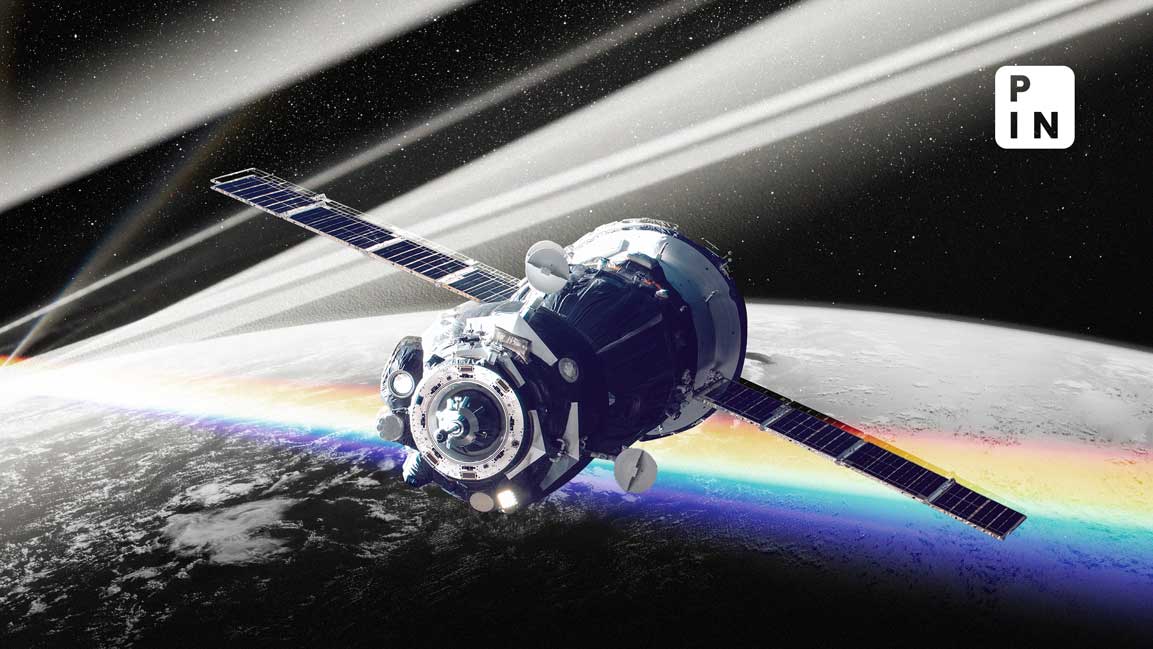- | 5:00 pm
Pixxel gears up for June launch of six hyperspectral satellites
Hyperspectral imaging provided by satellite constellation will help transform agriculture, environment monitoring, and resource exploration, space tech startup says

Indian space tech startup Pixxel plans to launch a series of small, indigenously built satellites to produce hyperspectral imaging of the earth, the company said.
Pixxel aims to launch six 100-kg satellites—named Fireflies—from June, and add another 12 next year to monitor over 250 spectral bands at five-meter spatial resolution, founder and chief executive officer Awais Ahmed said.
Hyperspectral imaging provides a wide spectrum of light beyond the primary colors of red, green, and blue to each pixel, thus enabling analysis on a larger scale than what is visible to human eyes.
Pixxel said the resolution offered by Fireflies is the highest in commercial hyperspectral satellites.
The company also plans to launch six heavier satellites—Honeybees—next year to complete its constellation of 24 satellites, with an ability to revisit any location on Earth within a 24-hour cycle, Ahmed told news agency Press Trust of India.
The Bengaluru-based startup has raised $71 million since its founding in 2018, including $36 million in its series B round last year from Google, Lightspeed, and others.
Pixxel calls itself a space data firm, building a constellation of hyperspectral earth imaging satellites and the analytical tools to mine insights from the data. The constellation is designed to provide global coverage every 24 hours, with the aim of detecting, monitoring, and predicting global phenomena.
Hyperspectral imaging provided by Pixxel’s upcoming satellite constellation promises to transform agriculture, environmental monitoring, and resource exploration with unprecedented insights into our planet.
The satellite data will help closely monitor emissions, water pollution, gas leaks, oil spills, soil composition, forest biodiversity, and crop health, Pixxel said.
The company last week opened MegaPixxel, its first spacecraft manufacturing facility, in Bengaluru.
The new satellite manufacturing unit, spanning 30,000 sq. ft, provides a unified space for Pixxel’s satellites to be designed from scratch, manufactured, integrated, and tested for launch conditions before being shipped to the launch site.
At full capacity, it is equipped to handle more than 20 satellites at a time, making it possible for Pixxel to produce 40 large satellites weighing 100 kg every year.
The comprehensive spacecraft assembly, integration, and testing facility was inaugurated on 15 January by Indian Space Research Organisation (Isro) chairman S. Somanath.
With this, Pixxel aims to establish a robust infrastructure for large-scale satellite manufacturing, adapt to the dynamic needs of customers, and set a new benchmark for efficiency and innovation, the company said in a statement.
“By increasing our capacity to build more satellites, we will deliver even more critical data to our customers faster so they can make informed decisions and address the needs of key industries such as agriculture, energy, forestry, and environmental monitoring,” Ahmed said on the opening of the facility.
The facility also houses labs for advanced camera integration, electronics research and development, and electrical assembly; along with a mechanical workshop, a mission control room, and an office space that can accommodate more than 200 employees.













